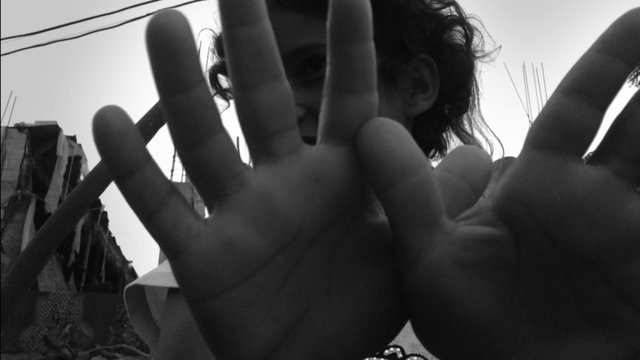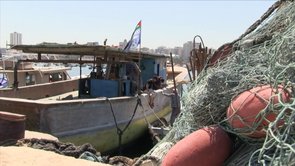Category: Gaza
-
Video: Gaza in Shadows
29th June 2013 | International Solidarity Movement, Gal·la | Gaza, Occupied Palestine I tried to collect some pictures offering a glimpse of the situation in the Gaza Strip, a closed, besieged place put under a blockade by the Israeli Zionist state. Despite the everyday misery and difficulty, people carry on with their lives and try to do…
-
Video: Gaza Ark Project 2013
27th June 2013 | International Solidarity Movement, Gal·la | Gaza, Occupied Palestine Charlie Andreasson, a member of Ship to Gaza Sweden, explains the new Gaza Ark project of this year 2013. The several unsuccessful attempts to break the siege on Gaza, imposed by Israel, from the outside to the inside made the activists think about this project…
-
Palestinian farmer injured by Israeli army fire
17th June 2013 | International Solidarity Movement, Rosa Schiano | Gaza, Occupied Palestine Friday afternoon, June 14, 2013, Muhareb Abu Omar, a Palestinian farmer aged 48, was wounded by Israeli army fire in the Deir El Balah, in the center of the Gaza Strip. Omar was irrigating his land in the village of Wadi As-Salqa,…


